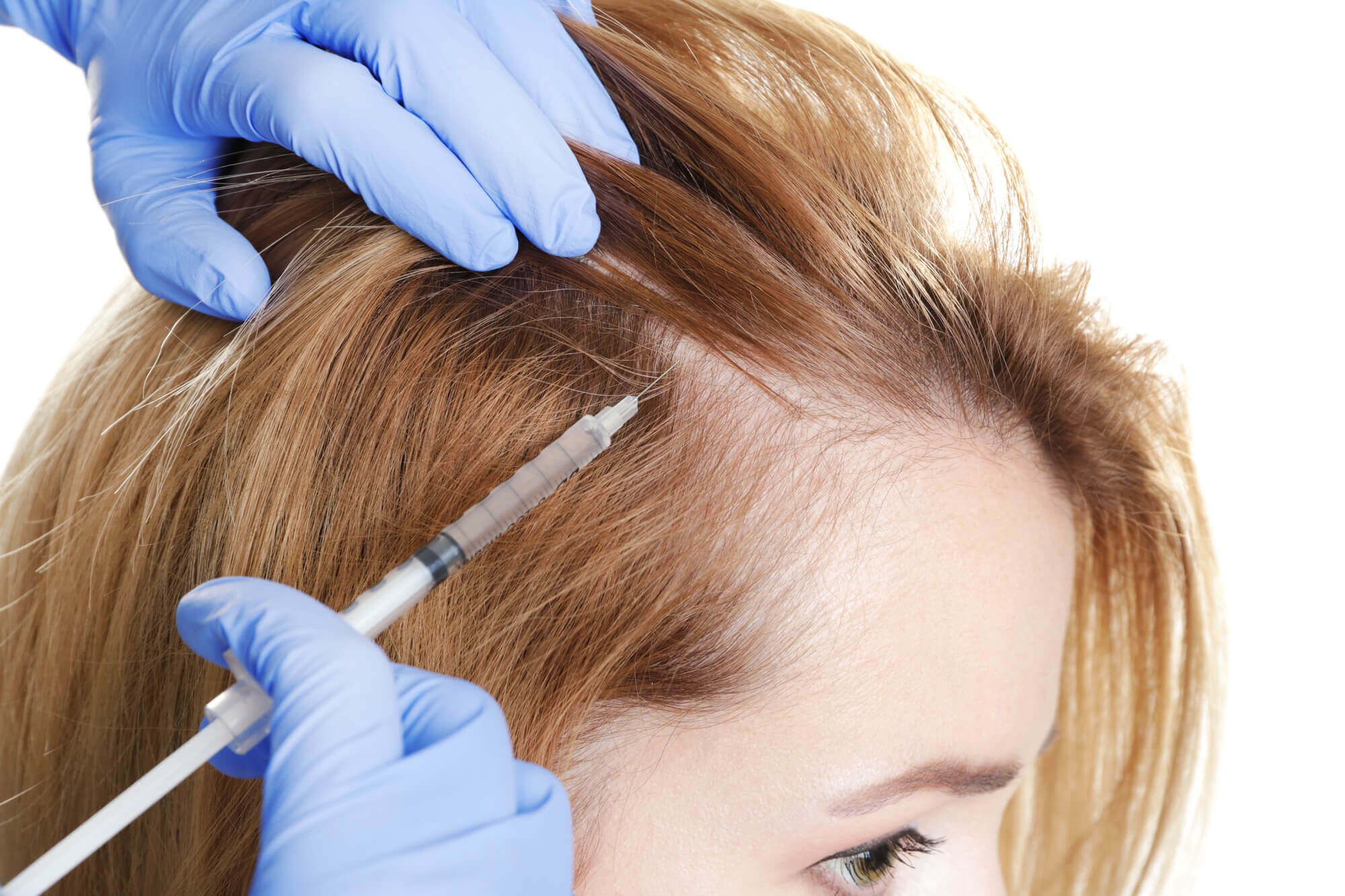Chlamydia Misdiagnosis: How to Make Sure You Get It Right
The sexually transmitted disease known as chlamydia is caused by a bacterial infection, and there are over 90 million cases worldwide every year, mostly affecting teenagers and young adults. Over half of identified cases occur in women.
Many of these cases are asymptomatic, or do not produce any identifiable symptoms, for a long time after the infection has occurred. This can make it difficult to diagnose an infection or identify when it may have occurred, as the patient is frequently unaware of the problem until they get tested.
Chlamydia infections that do produce symptoms can easily be mistaken for another sexually transmitted bacteria disease, namely gonorrhoea, as the signs are very similar. The symptoms are different in men and women due to the different organs affected, but both are likely to experience painful urination and swelling of the skin around the anus. Unusual discharges from the penis or vagina, which may have an abnormal smell, may also be seen.
Read: Detecting Dementia: What are the 10 Warning Signs of Alzheimer’s Disease?
Even though symptoms are mild or even entirely absent, it is a good idea to be tested on a regular basis if you think you may be at risk, as chlamydia can cause more severe problems if left untreated for a long period of time.
In women, the result can be pelvic inflammatory disease, which increases the risk of ectopic pregnancy (where the embryo implants in the Fallopian tube instead of the womb, and is fatal if not detected early enough), infertility and long-term pelvic pain.
Men are likely to experience inflammation of the testicles and urethra, leading to loss of fertility, along with potential kidney problems and arthritis. Regular screening by your doctor or a sexual health clinic will be able to identify this before the infection reaches this stage, and you can then undergo treatment.
Chlamydia testing is simple, and just involves taking swabs from affected areas of the body. Urine tests may be used, but they are generally less accurate for this type of screening. Once the infection has been identified, it can quickly and easily be treated using antibiotics. Depending on the exact type, this may be a single dose, or up to a two-week course of treatment, which it is important to finish.
Also See: Is Avocado Good for Diabetes: Possible Health Benefits of Avocado for Diabetics
It is also important that any partners are also tested, and treated if necessary, as re-infection is extremely likely to occur if this does not happen. Don’t share your antibiotics, they will require their own treatment. You should avoid having sex until a further screening test for chlamydia has been carried out, and a negative result is seen. It is highly advisable to be tested again after 3 or 4 months.
Many people have both chlamydia and gonorrhoea infections at the same time, and as a result of this, doctors will normally treat both conditions. Different antibiotics will be used for each.
If the disease is detected during a pregnancy, it is extremely important to undergo treatment and ensure that the full course of antibiotics is completed, as infection can pass to the baby during the birth. The antibiotics used in cases such as this will cause no damage to the developing child.



















